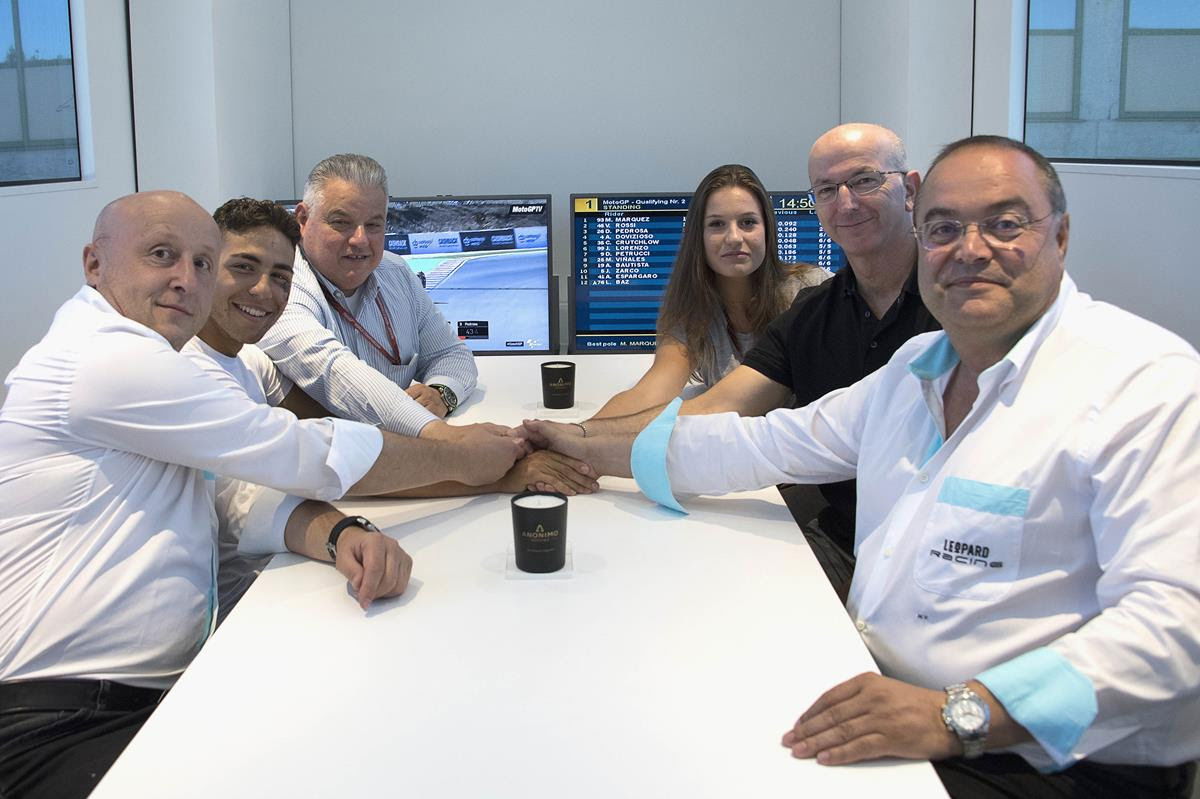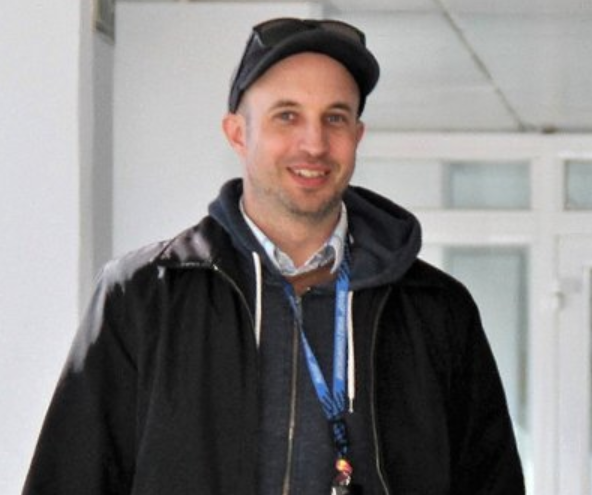Moto3: Mahindra out, TM showing interest

Mahindra's exit means the Moto3 World Championship is set to feature just Honda and KTM machinery in 2018.
The Indian company has raced in the junior class since 2011, making history with its first Moto3 wins last year. But Mahindra has struggled badly this season and, at Assen, announced it will withdraw after the Valencia finale.
"It's a sad loss because I think Mahindra brought a lot to the championship," MotoGP Technical Director Danny Aldridge told Crash.net. "They are a very professional organisation. If you look at the results last year, they won races and got podiums. I think they've just been unlucky this year."
However, it seems Mahindra's withdraw was not purely down to performance.
"They didn't approach us at any time with any concerns about the technical rules, so their decision was probably down to other reasons," Aldridge confirmed.
Looking ahead, which manufacturers might step-up to replace Mahindra (and the Peugeot-branded bikes) in the near future?
"TM, who are already competing in the CEV championship, are showing interest," Aldridge said. "We actually changed the [Moto3] rules to help companies like TM because before, for grand prix wild-cards, you had to be an existing manufacturer in the championship.
"Now the rules allow any additional manufacturers that are in the CEV Championship to compete as a grand prix wild-card, and therefore showcase their product to the World Championship teams."
Technical Rule 2.6.3.2 c): "Wild Card entries may use engines from any manufacturer currently competing in the FIM Grand Prix World Championship Moto3 Class or the FIM CEV Moto3 Junior World Championship, provided such engines meet the current FIM World Championship Grand Prix regulations.
After wild-cards in last season's CEV series, TM Racing are competing in the full 2017 season with Bruno Palazzese Ieraci. The Italian finished an impressive sixth in the opening round at Albacete, but has missed out on points in the five races since.
"I know Ducati have been talking about Moto3 and shown an interest, but we've not heard any more on any plans," Aldridge added.
In the MotoGP class, new or underperforming manufacturers get access to a range of technical concessions to help encourage their participation and speed-up development. Such perks would be more complicated in Moto3, where the benefits of being a factory team are deliberately undermined.
"The only concession we have for new Moto3 manufacturers at present is that they only have to supply six bikes," Aldridge said.
Established Moto3 manufacturers have to supply up to 14 riders, if requested.
"It's hard because we want to encourage more manufacturers into the championship, but we don't want to hurt the existing manufacturers," Aldridge explained. "There is such a strict price structure and supply of performance parts in place. So they are very limited in terms of upgrades and it's very expensive for a manufacturer to bring an upgrade because it has to be made available to everyone at the same time.
"What we are concerned with is if, let's say Kawasaki, came into Moto3 as a two-rider team, it would be a factory team. If you only have two riders and want to change a frame it costs very little comparatively. That wouldn't be fair on the existing manufacturers, so we said you must supply six riders minimum to participate."
Manufacturers have a deadline of August 31 to inform the Grand Prix Commission that they will offer Moto3 machines for the following season.
Meanwhile, a recent Grand Prix Commission announcement revealed that Honda will be allowed to change the inlet valves on its Moto3 engines for safety reasons, a 'manufacturing flaw leading to incidences of cracking'.
"There was a faulty batch from an outside supplier and we have the evidence from the outside supplier to confirm this," Aldridge explained. "The valves will be changed under our supervision and we will confirm the replacement valves are exactly the same design as the valves that are removed.
"Also the engines will be limited to 2,200km each. So if an engine comes in for the valve maintenance work and has done 1500km, it only has 700km left. Once it reaches 2,200km it has to be withdrawn, so they don't gain an [engine life] advantage."
Why 2,200km?
"We changed the valve springs for both Honda and KTM a few years ago and it was the value agreed then. We looked at 18 races, the mileage per event, divided by the number of engine changes per season and allowed a percentage on top."


